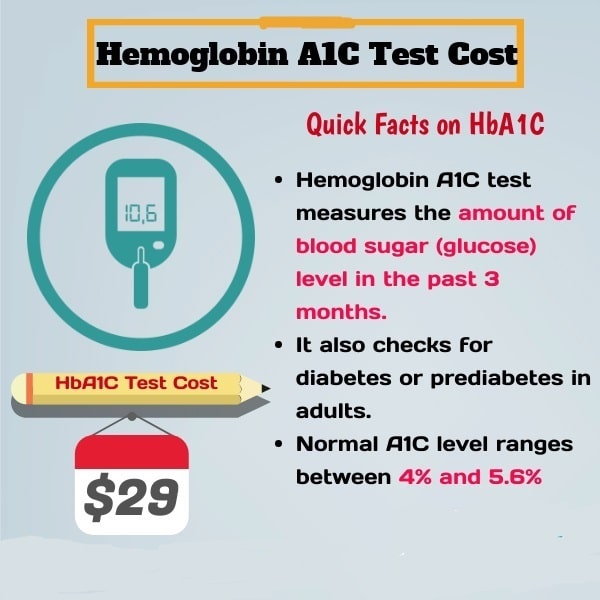
By controlling HbA1c in the normal range and observing hygienic.

National Institute of Diabetes and Digestive and Kidney Diseases. Elevated HbA1c was significantly associated with males (P 0.038) and insulin use (P. Low blood glucose (hypoglycemia).Ĭenters for Disease Control and Prevention. And with multiple comorbidities such as heart failure, cancer. For those with moderate comorbidity (so-so health) and a life expectancy of less than 10 years the target should be 7.5 8.0. For healthy over 65ers with long life expectancy, the target should be 7.0 7.5. National Institute of Diabetes and Digestive and Kidney Diseases. The key measure of diabetes control is hemoglobin A1c. Classification and diagnosis of diabetes: Standards of Medical Care in Diabetes-2022.
HEMOGLOBIN A1C NORMAL RANGE FOR MEN PROFESSIONAL
doi:10.1097/01.9Īmerican Diabetes Association Professional Practice Committee. Urine dipstick testing: everything you need to know. Treasure Island (FL): StatPearls Publishing 2022 Jan. Empagliflozin: a review in type 2 diabetes. Familial renal glycosuria and modifications of glucose renal excretion. Chronic kidney disease (CKD) symptoms, treatment, causes and prevention. Glycosuria and renal outcomes in patients with nondiabetic advanced chronic kidney disease. Symptoms and causes of gestational diabetes. No need for glycosuria/proteinuria screen in pregnant women. Type 2 diabetes: Measuring sugar levels in blood and urine yourself. Association between Elevated Hemoglobin A1c Levels and the Outcomes of Patients with Small-Artery Occlusion: A Hospital-Based Study. For most people with diabetes, the general A1C goal is to have a level between 6.0 and 6.9.

What is a good A1C level A1C levels between 5.7 and 6.4 are considered to be prediabetes. Institute for Quality and Efficiency in Health Care (IQWiG): . For reference, the normal target range of A1C levels for people without diabetes is between 4 and 5.6. Glucose urine test.Īmerican Diabetes Association. Your doctor may want to repeat the hematocrit test and do other blood tests if results provide conflicting or unexpected information.National Library of Medicine: MedlinePlus.

The presence of sleep apnea and lower levels of oxygen in the blood were associated with higher HbA1c levels in patients with type 2 diabetes 30. Similarly, poor sleep quality was associated with a higher HbA1c 29. Your doctor will take into account possible complicating factors when interpreting the results of your hematocrit test. Both short and long sleep durations were associated with an increased HbA1c. Accuracy of test resultsĪ number of factors can affect the outcome of a hematocrit test and yield inaccurate or misleading results, including: If your A1C is 6.5 or higher, this suggests that you have diabetes. If your A1C is between 5.7 to 6.4, this suggests that you have prediabetes. Let’s take a look at the A1C target numbers. Talk to your doctor about what your hematocrit test result means in light of the symptoms you're experiencing and the results of other diagnostic tests. Having a high A1C value means that you have too much sugar in your blood and may have prediabetes or diabetes. Your hematocrit test provides just one piece of information about your health. Generally, a normal range is considered to be:įor children ages 17 and younger, the normal range varies by age and sex. The definition of normal red-blood cell percentage also varies from one medical practice to another. Normal ranges vary substantially with race, age and sex. Results from your hematocrit test are reported as the percentage of your blood volume that's composed of red blood cells. You may feel some tenderness at the site, but you'll be able to resume normal activities afterward. The blood sample is generally drawn with a needle from a vein in your arm. For those without other major comorbidities, an A1C goal of 77.5 and a fasting glucose target range of 6.57.5 mmol/L (117135 mg/dL) are recommended, whereas for frail older adults and those with multisystem disease, an A1C goal of 7.68.5 and a fasting glucose target range of 7.69.0 mmol/L (137162 mg/dL) are recommended to. You won't need to fast before the test or make other preparations.


 0 kommentar(er)
0 kommentar(er)
